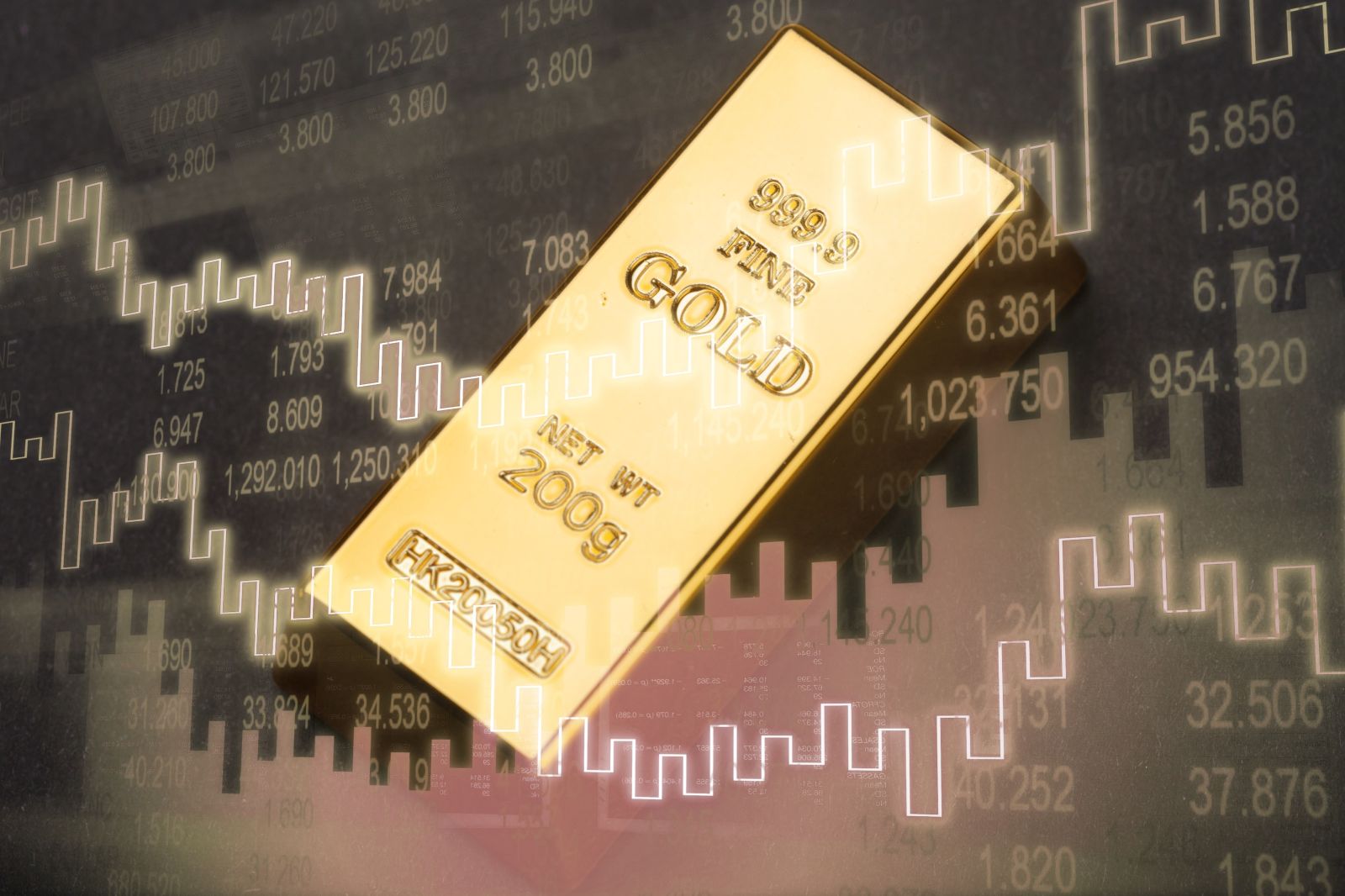
In 2024, gold celebrates its silver anniversary, no pun intended, as the price reached a bottom at $252.50 per ounce in 1999 before taking off on the upside. In a January 2 Barchart article, I wrote:
Markets reflect economics and geopolitics, and gold is no exception. Wars in Ukraine and the Middle East, the bifurcation of the world’s nuclear powers, and a highly contentious U.S. election that will determine foreign and domestic policies for the coming years create the uncertainty in which gold thrives. Meanwhile, the world’s central banks that validate gold’s role in the worldwide financial system have been buying and adding to their reserves. Moreover, the BRICS bloc, looking for an alternative to the U.S. dollar to circumvent sanctions, could roll out a BRICS currency with gold backing. The bottom line is the geopolitical landscape is even more bullish than the state of the global economy going into the new year.
Nearby COMEX gold futures were at the $2,075.20 level on January 2. On February 1, the price was nearby with the April contract at around $2,078.
A twenty-five-year bull market
Gold took off on the upside after reaching a significant bottom a quarter of a century ago.

The chart highlights gold’s 1999 $252.50 low when the Bank of England auctioned off half of the United Kingdom’s gold reserves. Since then, gold never traded below this level and began making higher lows and higher highs. In 2008, it eclipsed the 1980 $875 all-time high and rose above $1,000 per ounce. Gold has not traded below the $1,000 level since 2009. The last time gold was below $1,700 per ounce was in 2020. In 2024, the price has remained above $2,000 per ounce.
Even the most aggressive bulls rarely move in straight lines
Bull markets can suffer from significant and prolonged corrections.

The twenty-year chart shows gold corrected 45.3% from $1,911.60 in September 2011, reaching a $1,046.20 low in December 2015. After moving to a new high of $2,063 in August 2020, gold fell 18.9% to $1,673.70 in March 2021. Gold rallied to $2,072 in March 2022 before falling 22.2% to $1,613 in September 2022. Gold’s latest peak was at $2,130.20 in December 2023, and the continuous contract price was above the $2,048 level at the end of January 2024.
Gold volatility is low- Liquidity because of its role in the financial system
Gold is a hybrid, a currency, and a commodity.

The monthly chart shows gold’s historical volatility was below 13.4% at the end of January 2024.

The dollar index’s historical price variance measure was 6.6%. The dollar index measures the U.S. currency against other worldwide reserve foreign exchange instruments, primarily the euro.

Meanwhile, crude oil, a highly liquid energy commodity, had a historical volatility of over 24.4%.
Central banks, governments, and monetary authorities own gold as an integral part of foreign currency reserves, validating gold’s role in the global financial system. Over the past years, central banks have bought much more gold than they sold. Gold is highly liquid, which causes lower price variance. The bottom line is while gold is a metal, it is a financial asset.
Buying on dips- Trading from long- Taking some profits along the way to make room for the next dip
The optimal approach has been buying on price weakness throughout gold’s twenty-five-year bull market. Selloffs have been golden opportunities for accumulating the metal.
Selling a percentage of the long position when gold reaches new record highs has enhanced investing results as corrections tend to follow new price peaks. However, maintaining a core long position, adding on dips, and selling some on rallies has optimized investment results.
Expect another new high in 2024
2024 marks the silver anniversary of gold’s bull market. With a new high in late 2024 and gold sitting above the $2,000 per ounce level in early 2024, the odds favor higher highs over the coming months. The following factors favor higher gold prices over the coming months:
- Geopolitical turmoil favors gold as it is a safe-haven investment.
- Gold is a fungible and sanction-proof asset.
- Stable to falling U.S. interest rates could weigh on the U.S. dollar’s value against other currencies. Gold has an inverse historical correlation with the U.S. dollar’s value.
- Central banks worldwide continue to add to reserves, validating gold’s role in the global financial system.
- Gold is a rare metal with industrial and financial characteristics.
- The bullish trend shows no sign of reversing, and the trend is always a trader’s or investor’s best friend.
Buying gold on price weakness has offered the best opportunity for success, and I expect that trend to continue over the coming months and years. In early 2024, a gold decline below the $2,000 level could be another golden buying opportunity.
On the date of publication, Andrew Hecht did not have (either directly or indirectly) positions in any of the securities mentioned in this article. All information and data in this article is solely for informational purposes. For more information please view the Barchart Disclosure Policy here.






